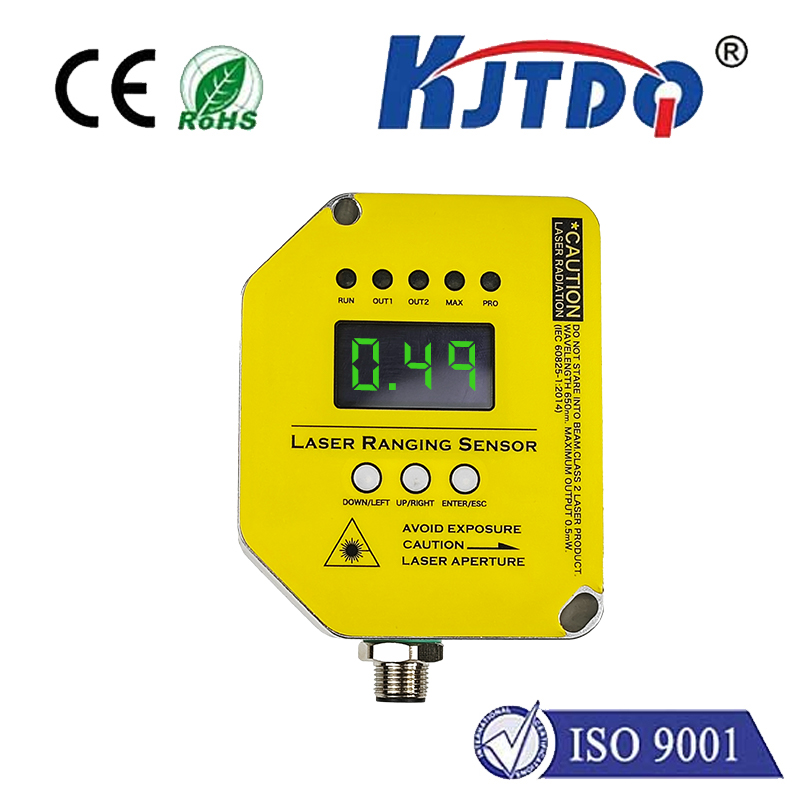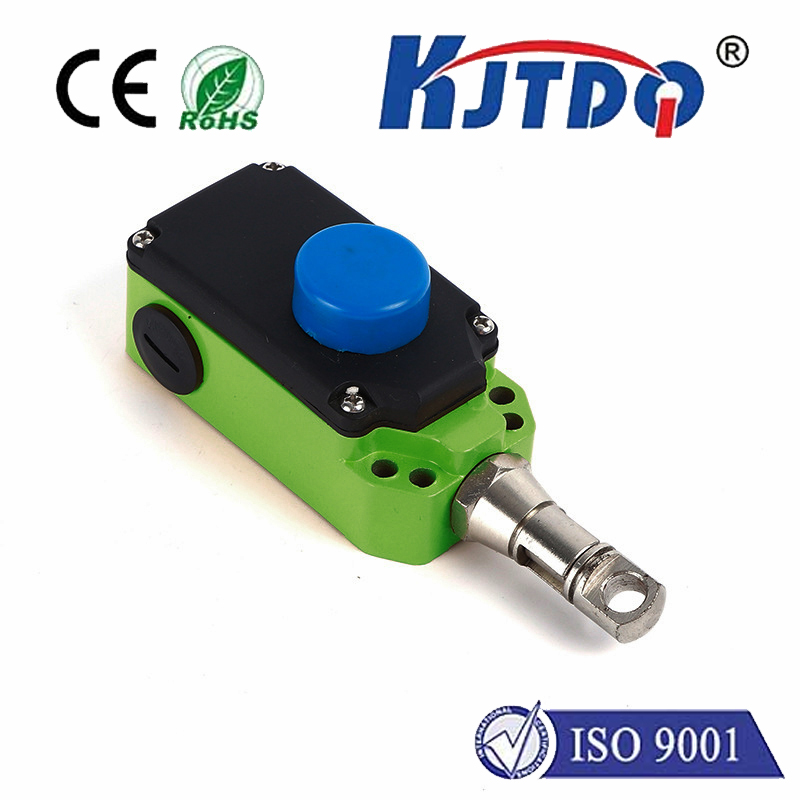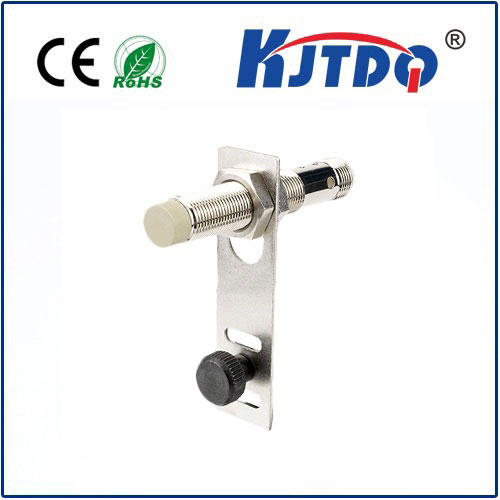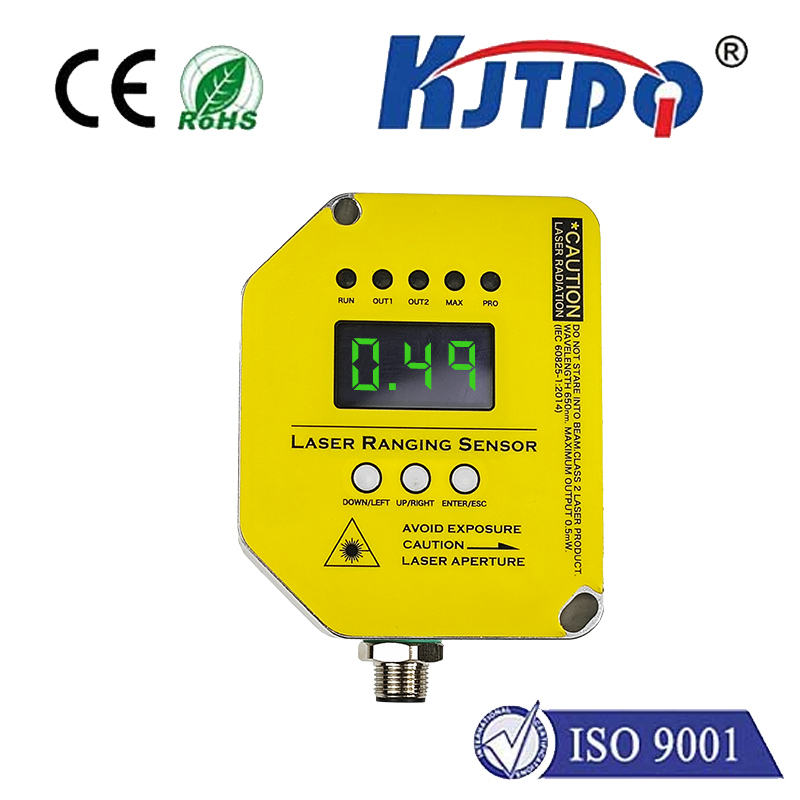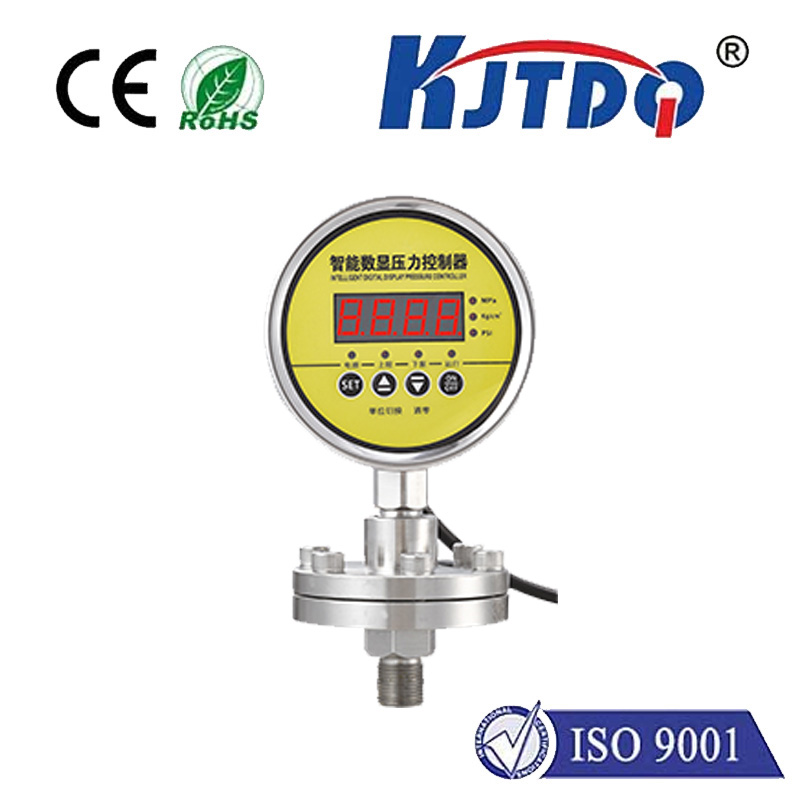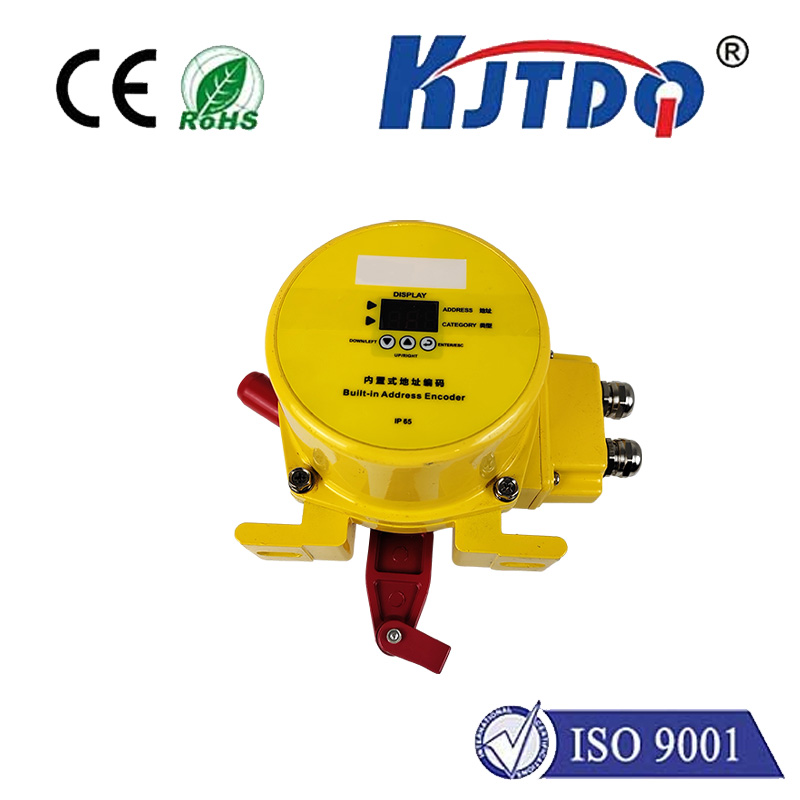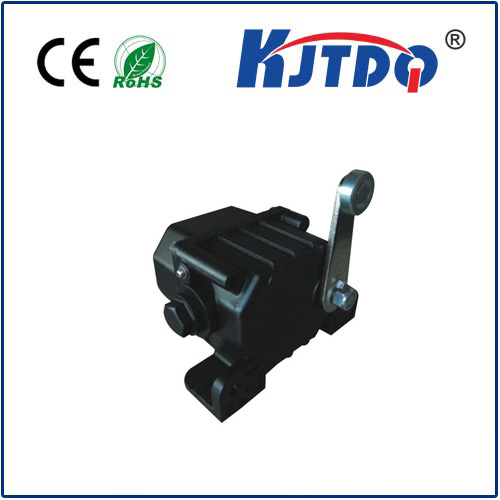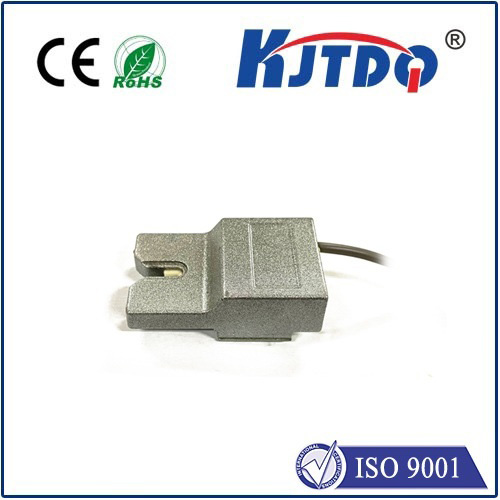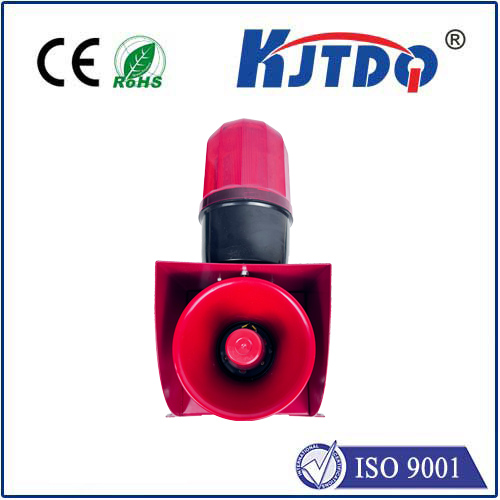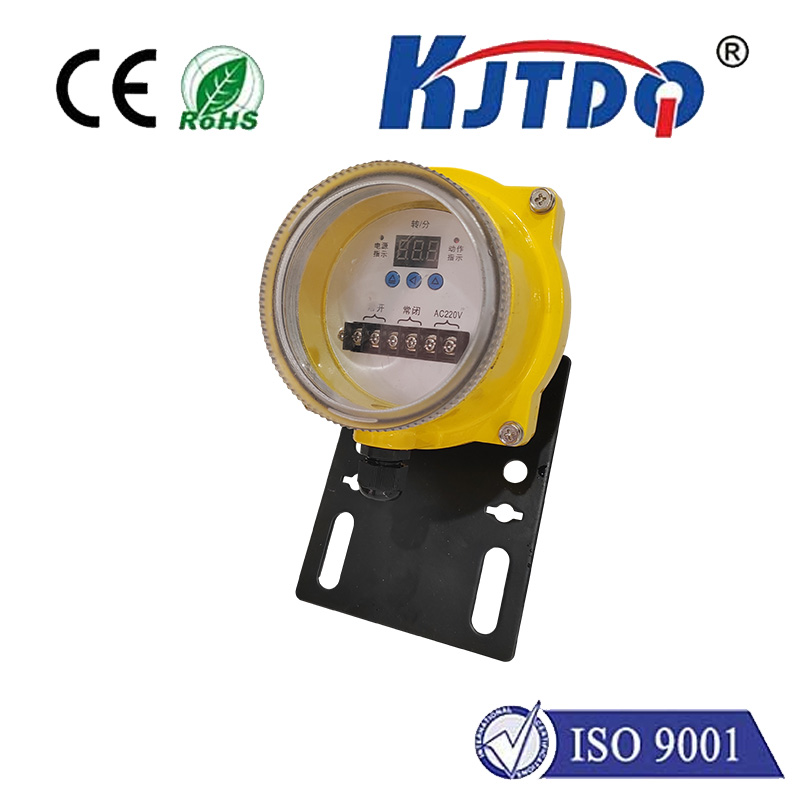
check

check

check

check
Title: The Versatile Power of Photoelectric Light Sensors
The realm of sensor technology is constantly evolving and shaping the way we interact with our environment. Among the many types of sensors, photoelectric light sensors occupy a unique niche due to their ability to detect light and convert it into an electrical signal. This article aims to shed light on the functionality of photoelectric light sensors and their wide-ranging applications.
A photoelectric light sensor operates on the basic principle of generating electricity through the interaction between light and certain materials. These sensors consist of a photosensitive material that can absorb photons from incoming light and release electrons as a result. This process, known as the photoelectric effect, creates an electric current that can be measured and utilized in various ways.

In terms of applications, photoelectric light sensors have proven themselves to be highly versatile. They are commonly found in industrial settings where they monitor and control machinery by detecting product presence or absence based on light levels. For instance, in automated packing lines, photoelectric sensors may trigger the start of packaging when a product obstructs its light beam.
Moreover, these sensors play a crucial role in safety systems. They are often used in elevator doors to ensure that the doors do not close if someone or something is in the way. Additionally, photoelectric smoke detectors use a beam of light to detect smoke particles, offering an early warning system for fire hazards.
In the field of automotive engineering, photoelectric sensors are integral components of sophisticated systems like adaptive cruise control and automatic high beam dimming. These systems rely on the accurate detection of other vehicles' headlights to function effectively.
Another fascinating use case for photoelectric light sensors is in the field of medicine. Pulse oximeters, which measure oxygen saturation in blood, utilize these sensors to determine light absorption differences between oxygenated and deoxygenated hemoglobin.
Furthermore, the environmental sciences employ photoelectric light sensors in weather stations to study changes in sunlight over time. They provide valuable data for research into climate patterns and the impact of solar radiation on Earth's ecosystems.
In the world of consumer electronics, photoelectric light sensors enable features like automatic brightness adjustment on smartphones and laptops, ensuring that screen visibility is optimized regardless of ambient lighting conditions.
To conclude, photoelectric light sensors serve as the silent workhorses in a multitude of technological innovations. Their capacity to transform light into electrical signals underpins a plethora of devices and systems that make our lives safer, more efficient, and more convenient. As we continue to advance in the realm of sensor technology, the potential applications of photoelectric light sensors are bound to grow, promising even more breakthroughs in the future.
